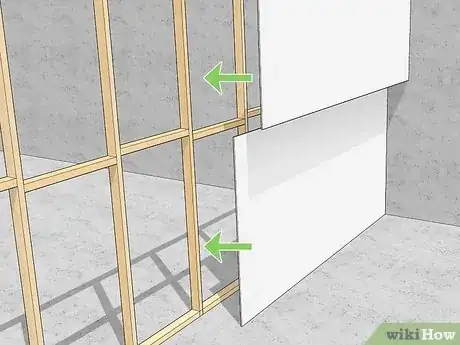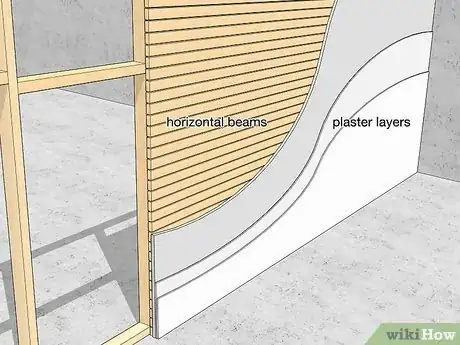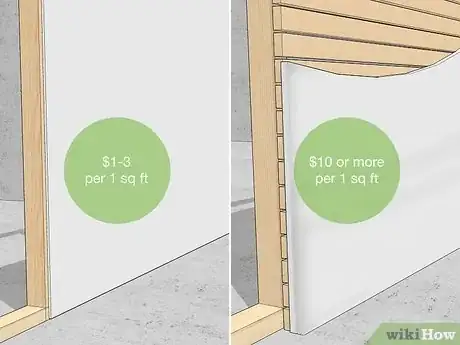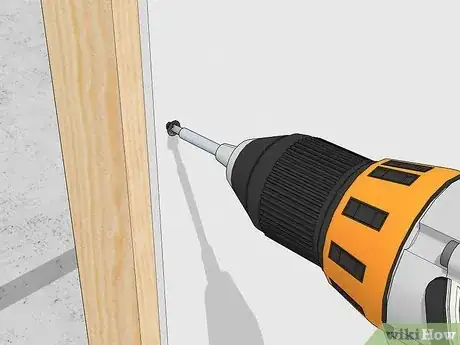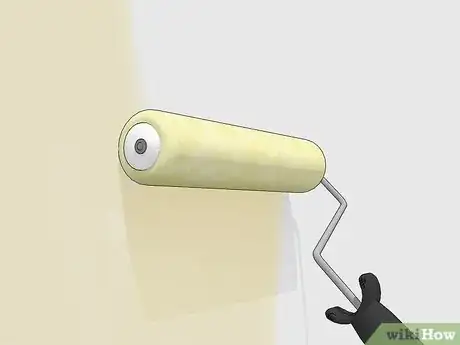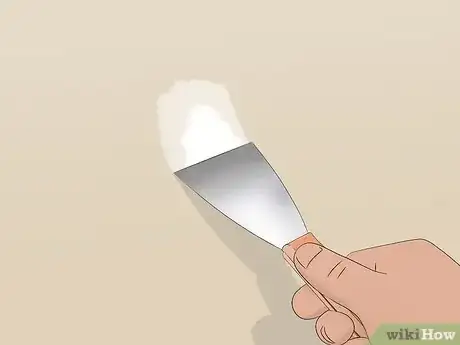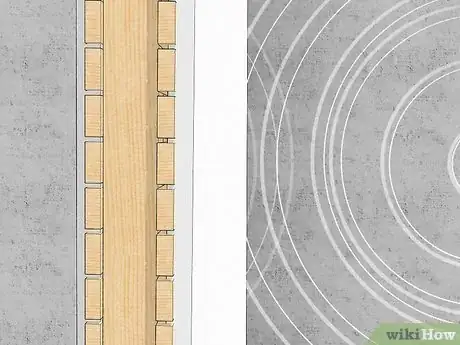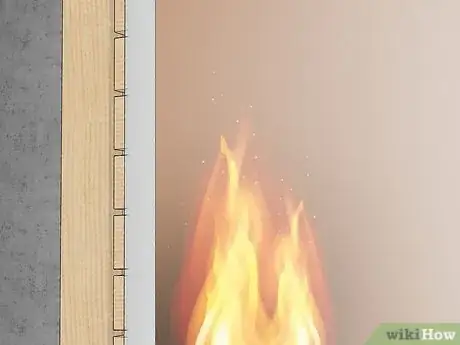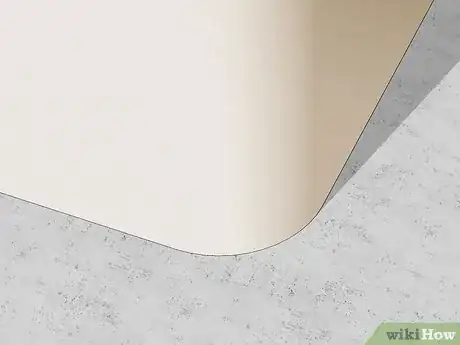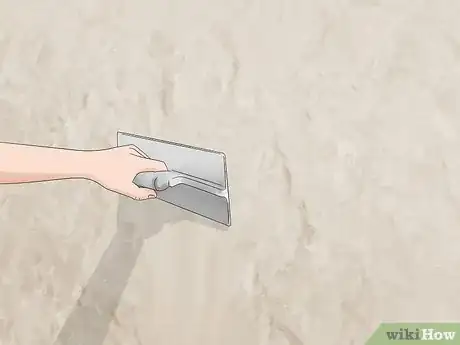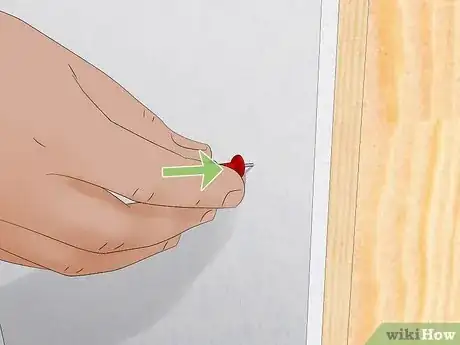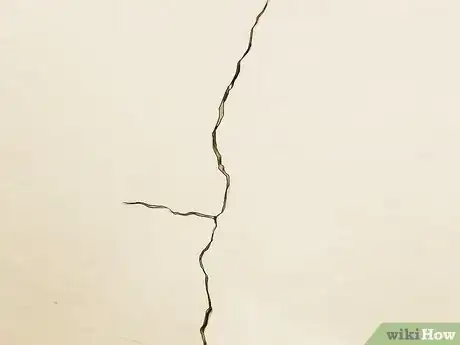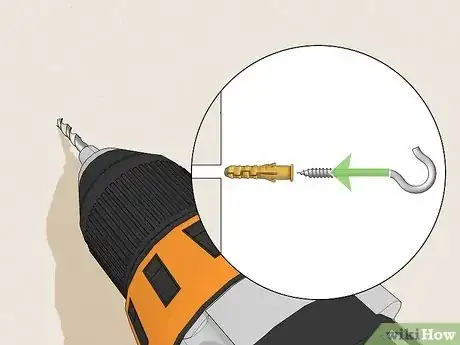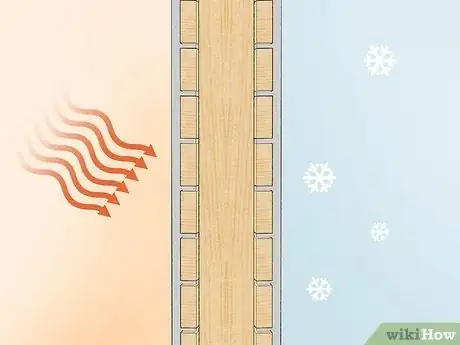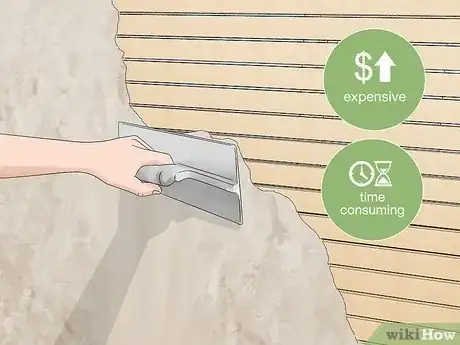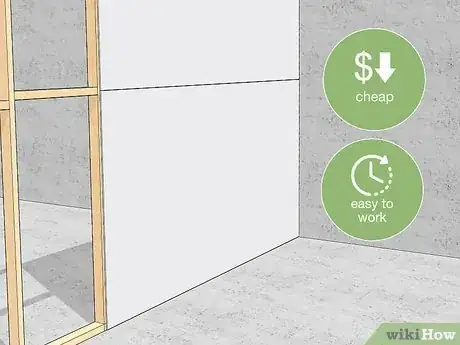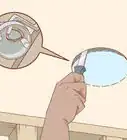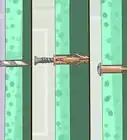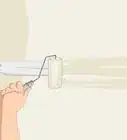This article was co-authored by Ryaan Tuttle and by wikiHow staff writer, Eric McClure. Ryaan Tuttle is a Home Improvement Specialist and the CEO of Best Handyman, Inc. in Boston, Massachusetts. With over 17 years of experience, he specializes in building home service businesses, focusing on creating scalable and efficient brands. With the help of his global team, the companies have achieved over 10+ million in sales and received recognition through magazine features, and enjoy partnerships with wikiHow and Jobber field service software. Boston Magazine and LocalBest.com have named Best Handyman Boston the Best Handyman in Boston. Ryaan holds Construction Supervisor and Home Improvement Contractor Licenses.
There are 10 references cited in this article, which can be found at the bottom of the page.
If you’re building a home or taking on a new renovation project, you’ll eventually have to choose between drywall and plaster. These two may appear nearly identical, and in fact, you’ve probably been in homes with both and not even noticed! But when it comes to pros and cons, these two materials are actually pretty unique. In this article, we’ll break down what makes each option distinct, cover the pros and cons, and take a closer look at your bottom line so that you can choose the best option for you.
Things You Should Know
- Drywall is the most popular option today. Plaster was the universal option before 1940, but drywall is so much cheaper and easier to install that it’s rare to see new plaster these days.
- Plaster is much harder than drywall, and it can be applied in custom textures or on round walls. This makes it ideal for historical homes or unique architecture.
- You can tell the difference between plaster and drywall by trying to stick a thumbtack in the wall. If it slides in relatively easily, you’ve got drywall.
Steps
Overview
-
1Drywall comes in sheets and is nailed into the studs and painted. Also known as wallboard, plasterboard, or sheetrock, drywall is the most common interior option for finishing walls. You start with the wood studs, then nail your big sheets of drywall into them. You cover the seams and corners between sheets with joint compound, then prime and paint to finish.[1] X Research source
- Installing drywall is pretty easy, but it is a 2-person job. The sheets themselves are pretty unwieldy and heavy.
- If you step into a home made after 1945 or so, you’re probably going to run into drywall.
-
2Plaster is a spread over horizontal beams, which sit on the studs. Plaster is a thick, muddy substance that you spread on top of lathe, which are rows of wood beams you nail into the studs in the wall. The plaster is spread flat with a trowel or putty knife and then dries, kind of like stucco or joint compound. Then, you prime and paint.[2] X Research source
- If you smooth out the plaster cleanly enough, it will be just as smooth as painted drywall.
- Instead of wood beams for the lath, some crews prefer using metal screens (aka metal lath) or “rock lath,” which is drywall with a textured surface and holes in it.
- As an important note, very few people actually perform the lathe-over-stud and 3-layer plaster work anymore. Today, unless you’re restoring an old home, you’ll typically see plaster over blueboard, which is a moisture-resistant drywall. It’s basically the same thing, but it’s important to point out.
Advantages of Drywall
-
1Lower cost Drywall is the most popular option among new construction today for a reason. It’s a lot cheaper to hang and mud drywall than it is to install plaster. Drywall costs $1-3 per 1 sq ft (0.093 m2), while plaster can cost $10 or more per 1 sq ft (0.093 m2).[3] X Research source
- Just to put this in perspective, for a 1,500 sq ft (140 m2) home, drywall might run you around $3,000, while plaster could be up to $15,000. It’s not a minor difference.
-
2Ease of installation You can DIY install drywall if you’re handy, but you can’t do plaster work on your own, period. It requires a lot of training and skill to apply plaster without ending up with warped walls. But even if you’re paying a contractor or crew to do it for you, it’s way easier to find folks who do drywall work than to find a pro who works with plaster.[4] X Research source
- Plaster also takes a lot more time to install, although to be fair, installing blueboard instead of lathe speeds the process up considerably.
- Plastering is a skilled trade, but it’s not a big industry. If you don’t live in a big city, you may not have a choice here since you won’t be able to find a plaster pro.
-
3Smooth texture and ease of painting Drywall is always going to have a smooth, uniform texture if you buy the same type of drywall for the whole interior. Plaster, on the other hand, is never going to be 100% flat just due to the way it’s applied. On top of its uniform texture, drywall is a lot easier to paint.[5] X Research source
- If you want your interior space to match perfectly for a uniform aesthetic, drywall is going to be way better than plaster.
-
4Repairability Patching damaged drywall is among one of the easiest repairs the average Joe or Jane can do. While you can totally patch damaged plaster, you have to apply multiple layers of fresh plaster and finish it. The damage and cracks in plaster also tend to spread, which doesn’t happen with drywall. As a result, drywall maintenance just tends to be a lot easier.[6] X Research source
- Frankly, you may often find it easier to pay a professional to patch extensively-damaged plaster walls, which could add additional costs.
Advantages of Plaster
-
1Sound insulation Plaster requires multiple layers, and it’s extremely dense when it dries. On top of that, lathe provides an extra layer that isn’t there with drywall. As a result, plaster does a much better job than drywall at keeping sound from travelling through the walls. This is a big plus if you don’t want to annoy neighbors with loud music![7] X Research source
-
2Better fire resistance Plaster isn’t flammable. This doesn’t mean your home can’t catch fire (there’s plenty of wood elsewhere that can ignite), but any fires are likely going to be contained. When you see old homes that burn down but a lot of the exterior walls are still standing, that’s plaster! Drywall, on the other hand, will ignite if it’s exposed to flames for long enough.[8] X Research source
- If you’re building a home from scratch and you’re installing a fire sprinkler system (which is recommended in new builds these days), it’s probably safer than plaster.
-
3Can be applied to curved walls Drywall comes in flat sheets, and getting it to bend is frankly a nightmare. Plaster is applied basically the same way concrete is, and it can be shaped and smoothed out to fit basically any shape. If you have (or want to have) a covered ceiling, columns, or crinkle crankle walls, it’s going to look a lot better if you opt for plaster.[9] X Research source
-
4Character and texture Plaster can be shaped in unique ways to create designs, and it has a rougher texture that tends to give a very unique, homey vibe. Drywall, on the other hand, is pretty universal, flat, and normal-looking. Plaster can be applied in a pattern or textured out to look extremely fancy and distinct.[10] X Research source
- Remember, plaster was the universal option before 1940, so plaster has a very historical and Victorian vibe. If you like old homes or you’re rehabbing an old home, plaster is probably going to look better.
How do you tell the difference between plaster and drywall?
-
If you can put a thumbtack in the wall with ease, it’s drywall. Plaster is tough stuff, and you can’t puncture it very easily. Drywall is pretty soft on the other hand. If you can insert a thumbtack into the wall and it slides in with very little resistance, the walls are drywall. Plaster will absolutely destroy the needle on a thumbtack when you try to push it into the wall.[11] X Research source
- Never try to nail anything into plaster. It’ll crack from the heft of the impact. Always use a drill and screw.
Unique Considerations
-
1Plaster may crack over time if you’re building a new home. Plaster’s strength is a great feature, but it does have ramifications if you’re building a home from scratch. The home will settle eventually in the first years and when that happens, plaster will crack. You can totally repair it, and some minor cracking may even add character, but it is something to keep in mind.[12] X Research source
- If the cracking is especially bad, you may end up with big chunks falling off of your walls. If you’re building a new home on uneven ground, this is a big consideration.
-
2It’s a lot harder to hang things in plaster. Almost every wall anchor and hanging material on the planet is designed for drywall, and plaster is extremely hard stuff. You’ll have to break out pilot bits and drive screws into the wall if you want to hang things on the wall. It’s not impossible, but you definitely won’t have fun if you want to hang a gallery wall or mount a TV.[13] X Research source
- This may actually be an upside if you don’t like seeing little nicks, dents, or damage build up over the years of normal wear and tear.
-
3Your insulation needs could play a factor in your building materials. Plaster on its own is actually pretty bad at keeping the cold or heat out, but since it’s applied in thick layers, it typically does a much better job of keeping the elements out if you have solid insulation. However, all of that insulation can add up cost-wise! It’s easier to insulate drywall when you’re building, so this is something to keep in mind.[14] X Research source
- Your exterior plays a role, too. If you’ve got brick, stucco, or wood paneling, it’ll be a lot easier to insulate. If you’ve got vinyl siding, insulating plaster can be a little more difficult.
- If you go with plaster over blueboard and then you have vinyl siding or stucco, the drywall is going to be better from an insulation perspective most of the time.
Closing Thoughts
-
1Plaster is probably worth the effort if you have unique needs. Plaster is expensive and time consuming to install, no doubt about it. But, if you’re rehabbing a historical home, you’re building your dream home, or you have a unique interior with a lot of distinct features, plaster is absolutely worth the investment.[15] X Research source
- The cool factor on plaster is just so much higher than drywall, too. It’s a subtle thing that people may not notice right away, but drywall is so commonplace compared to plaster!
-
2It’s hard to beat drywall from a cost and effort perspective. If you’re flipping homes, you’re on a budget, or you plan on selling any time soon, drywall is the way to go. It’s just too expensive and time-consuming to justify plaster. There is a reason that you rarely see plaster in homes these days. Sure, drywall is everywhere these days, but there’s nothing wrong with going with the crowd.[16] X Research source
You Might Also Like

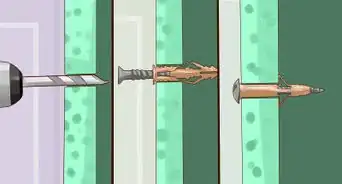
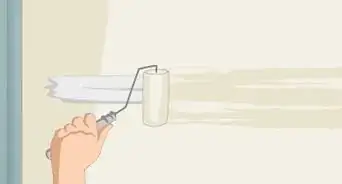
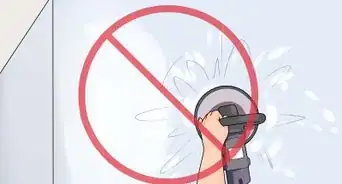
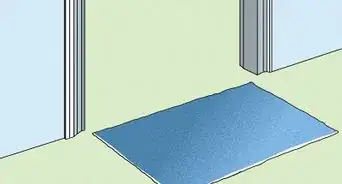 The Best Way to Clean Up Drywall Dust & Keep Your Home Looking Clean
The Best Way to Clean Up Drywall Dust & Keep Your Home Looking Clean
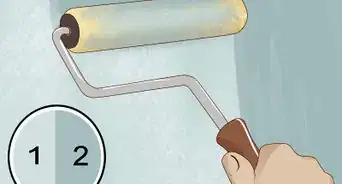
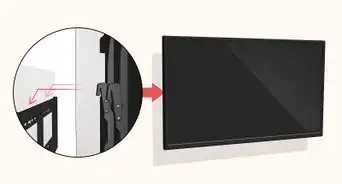
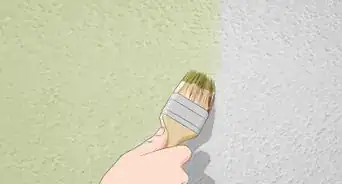
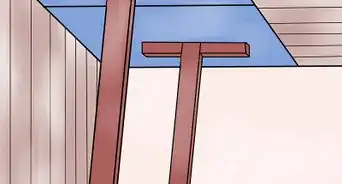
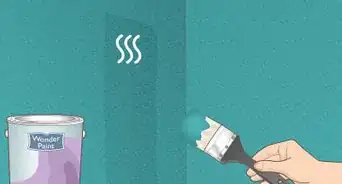
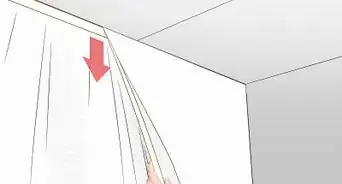
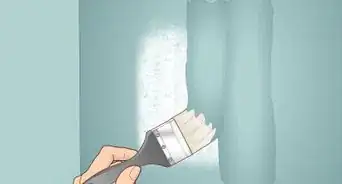 How to Fix a Hole in Drywall: Filling Nail Holes, Patching Large Holes & More
How to Fix a Hole in Drywall: Filling Nail Holes, Patching Large Holes & More
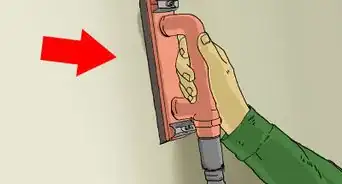
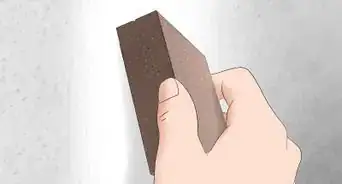
References
- ↑ https://www.thisoldhouse.com/walls/21016619/how-to-hang-drywall
- ↑ https://medium.com/@bojoneshiretradegroup/what-is-plastering-82dbd11c962
- ↑ https://www.bobvila.com/articles/lath-and-plaster/
- ↑ https://www.bobvila.com/articles/lath-and-plaster/
- ↑ https://de-production-media.s3.amazonaws.com/uploads/techinal_bulletins/54ac433b61376500020f0000/TechSheet_Level5SmoothWall.pdf
- ↑ https://www.bobvila.com/articles/lath-and-plaster/
- ↑ https://www.bobvila.com/articles/lath-and-plaster/
- ↑ https://fireproofdepot.com/plaster-flammable/
- ↑ https://www.finehomebuilding.com/project-guides/drywall/bending-drywall
- ↑ https://www.wisconsinhistory.org/Records/Article/CS4228
- ↑ https://sfbaytimes.com/hanging-pictures-in-drywall-vs-plaster/
- ↑ https://www.bobvila.com/articles/lath-and-plaster/
- ↑ https://sfbaytimes.com/hanging-pictures-in-drywall-vs-plaster/
- ↑ https://www.wisconsinhistory.org/Records/Article/CS4228
- ↑ https://www.brownstoner.com/interiors-renovation/plaster-vs-drywall-walls-historic-house-repair-tips-restoration/
- ↑ https://www.cohesivehomes.com/year-lath-and-plaster-was-stopped
About This Article

